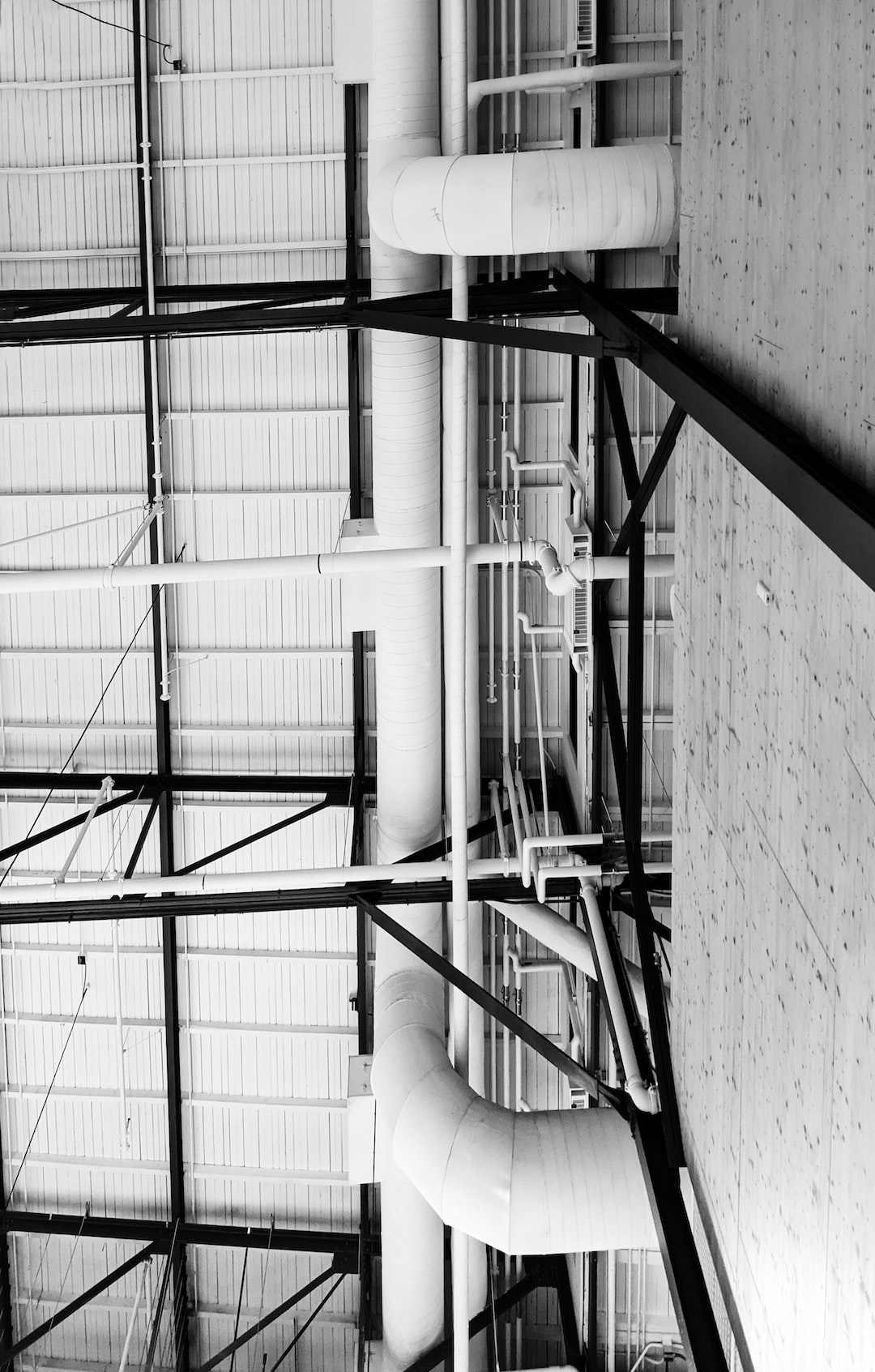The rapid advancements in technology have paved the way for major innovations in various industries. One such innovation that has caught everyone’s attention is the rise of robotics. Robots are no longer confined to science fiction movies; they are now a reality that is revolutionizing the way we live and work. From manufacturing to healthcare, the potential impact of robotics on industries is immense and cannot be ignored.
Robotics is the branch of technology that deals with the design, construction, operation, and application of robots. These intelligent machines, equipped with the ability to think, learn, and perform tasks without human intervention, have the potential to transform industries in numerous ways.
In the manufacturing sector, robots have already made significant inroads. They can perform repetitive and hazardous tasks with precision and speed, leading to increased productivity and efficiency. With the evolution of advanced robotics, we can envision a future where human workers collaborate seamlessly with robots to create a more streamlined and productive workflow. This collaboration allows human workers to focus on creative and strategic aspects of production, while robots take care of mundane and physically demanding tasks.
The healthcare industry is another sector where the potential impact of robotics is immense. Robots are already being used in surgery and rehabilitation, enabling surgeons to perform complex procedures with greater accuracy and minimal invasiveness. Additionally, they can assist in patient care by providing companionship and monitoring vital signs. As the field of robotics in healthcare continues to advance, we can expect robots to play an even more significant role in diagnostics, drug delivery, and eldercare, among other applications.
One area where robotics has the potential to bring about a massive transformation is in the transportation and logistics industry. With the rise of self-driving cars and autonomous drones, the future of transportation and delivery is looking increasingly robotic. Self-driving cars promise to make our roads safer and more efficient by eliminating human error, while autonomous drones can revolutionize last-mile delivery by making it faster and more cost-effective. These advancements in robotics have the potential to reshape entire industries and create new business models.
The impact of robotics is not limited to just a few industries; it extends to agriculture, construction, retail, and various other sectors. In agriculture, robots can automate tasks such as seeding, harvesting, and pest control, leading to increased crop yield and reduced environmental impact. In construction, robots can assist in building structures with greater speed and precision, reducing construction time and costs. In retail, robots can enhance the customer experience by providing personalized recommendations and assistance.
While the potential benefits of robotics are immense, there are also valid concerns about their impact on the workforce. As robots become more capable and intelligent, they have the potential to replace human workers in certain industries, leading to job displacement. However, history has shown that with every technological revolution, new job opportunities emerge. The key lies in reskilling and upskilling the workforce to adapt to the changing requirements of the job market.
In conclusion, the world of robotics is evolving rapidly, and its potential impact on industries cannot be underestimated. From manufacturing to healthcare, transportation to agriculture, robots have the ability to transform how we live and work. While we must address the challenges associated with their deployment, the potential benefits they offer are undeniable. Embracing robotics and leveraging their capabilities will be crucial for staying competitive and creating a sustainable future in today’s ever-changing world.

